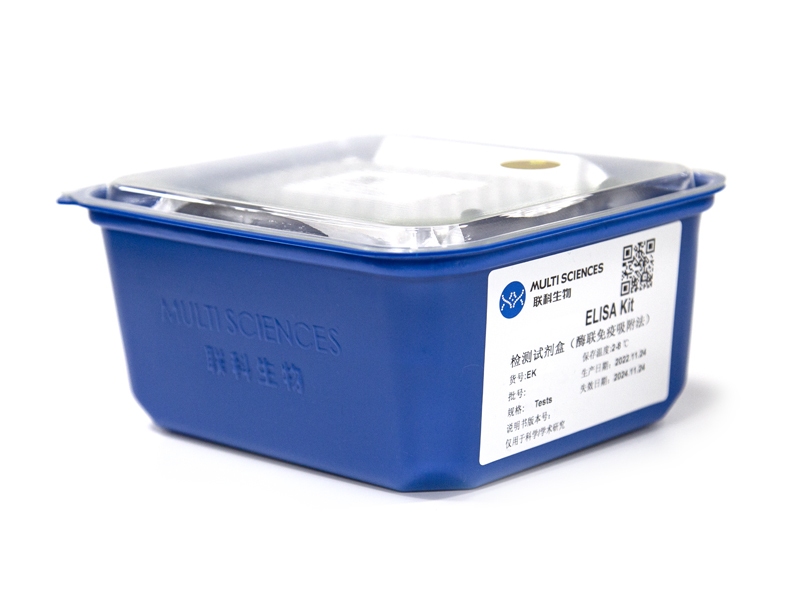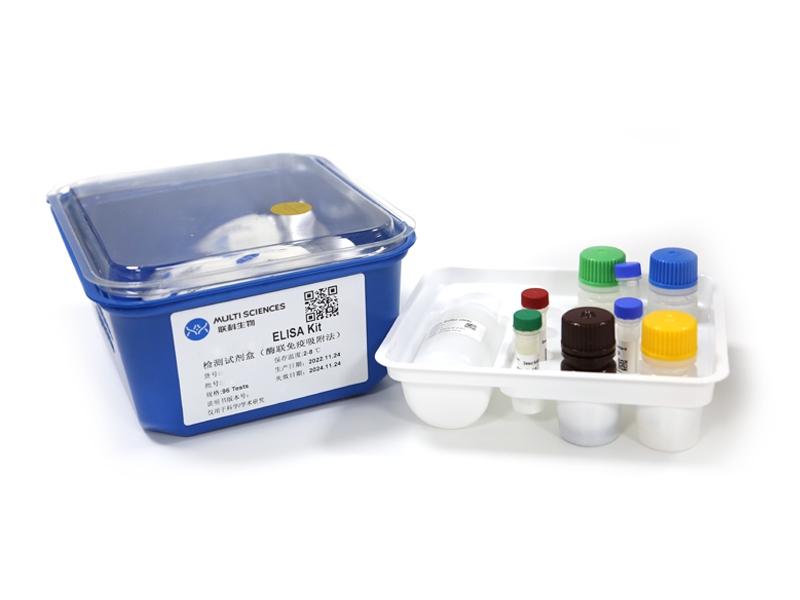Scope Vitexin, a C-glycosylated flavonoid, is abundant in food sources and has potential health-beneficial properties. However, the targets for its beneficial effects remain largely unknown. This study aims to establish an in vitro cell model of vascular low-grade inflammation and explore the antiinflammatory mechanism of vitexin. Methods and Results Low-dose TNFα and IL-17 are combined to establish a cell model of vascular low-grade inflammation. Cell-based studies show that low-dose TNFα (1?ng?mL ?1 ) alone has a slight effect, but its combination with IL-17 can potently induce protein expression of inflammatory cytokines, leading to an inflammatory state. However, the vascular inflammation caused by low-dose TNF plus IL-17 does not lead to oxidative stress, and reactive oxygen species (ROS) does not involved in developing this inflammation. Vitexin can be absorbed by human umbilical vein endothelial (HUVEC) cells to increase the Nrf2 protein level and attenuate inflammation. In addition, the antiinflammatory effect of vitexin is blocked by the knockdown of Nrf2. Further localized surface plasmon resonance, drug affinity responsive target stability, and molecular docking demonstrate that vitexin can directly interact with Keap1 to disrupt Keap1-Nrf2 interaction and thus activate Nrf2. Treatment of mice with a bolus oral gavage of vitexin (100?mg?kg ?1 body weight) or a high-fat diet supplemented with vitexin (5?mg?kg ?1 body weight per day) for 12 weeks confirms the rapid increase in blood vitexin levels and subsequent incorporation into blood vessels to activate Nrf2 and ameliorate inflammation in vivo. Conclusion The findings provide a reliable cell model of vascular low-grade inflammation and indicate Nrf2 protein as the potential target of vitexin to inhibit vascular inflammation.
文章引用产品列表
-
- EK217 120 Citations
- ELISA试剂盒
Mouse IL-17A ELISA Kit检测试剂盒(酶联免疫吸附法)
- ¥1,600.00 – ¥2,650.00



